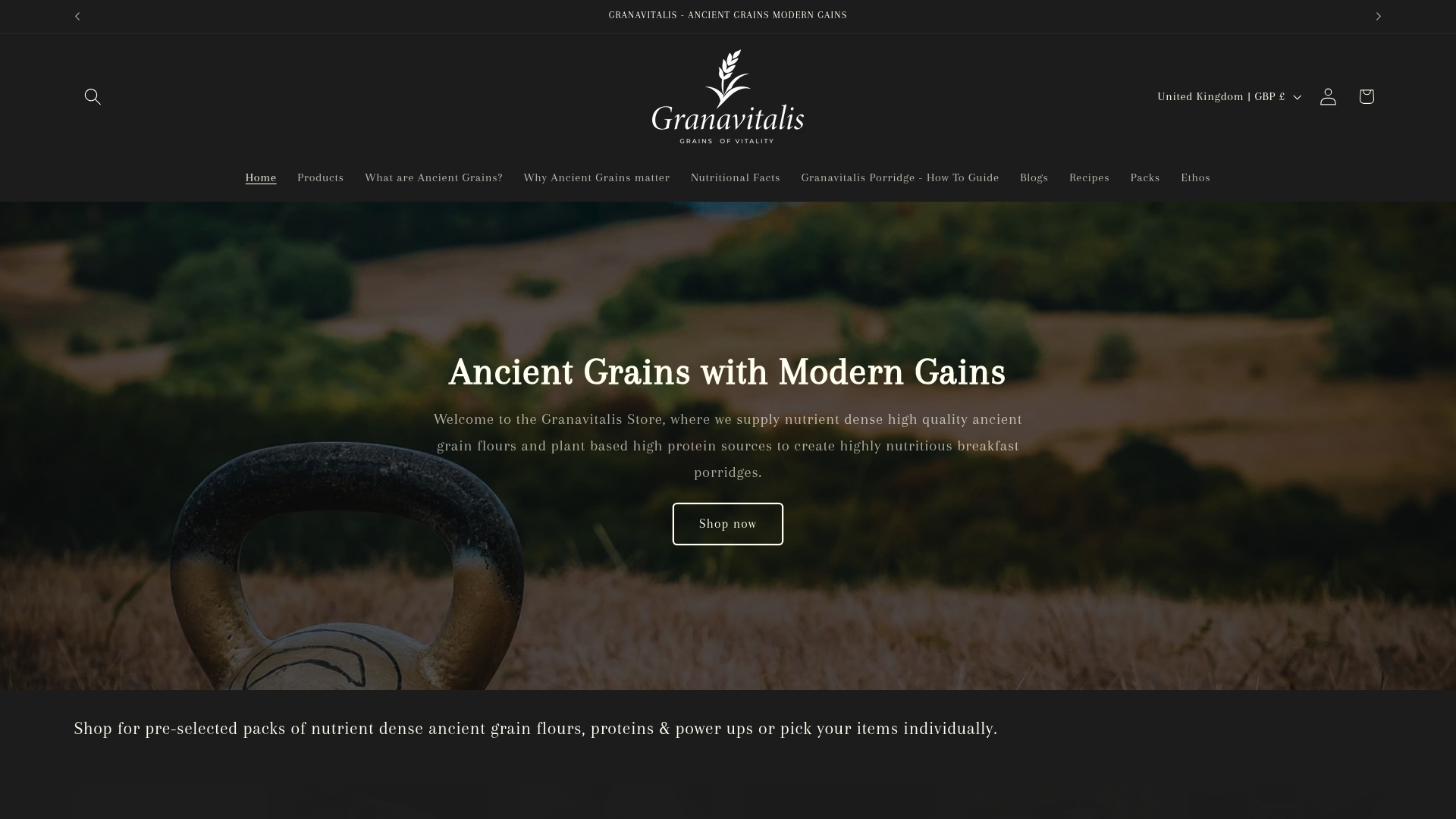
Complete Guide to High Protein Plant-Based Diets
Share
Did you know that plant-based diets can deliver just as much protein as animal-based diets while offering more fibre and fewer environmental impacts? More people are turning to high protein plant-based meals for the energy boost and long-term wellness they provide. With so many choices available, understanding how to build a satisfying, protein-rich plant-based diet can transform your approach to health and everyday eating.
Key Takeaways
| Point | Details |
|---|---|
| Diverse Protein Sources | Incorporate a wide range of plant proteins, such as legumes, nuts, seeds, soy products, and whole grains, to achieve a complete amino acid profile. |
| Nutritional Awareness | Pay close attention to nutritional labels, as protein levels vary significantly among plant-based products. |
| Strategic Meal Planning | Prioritize variety in meals to ensure comprehensive nutrient intake and prevent deficiencies associated with a restrictive diet. |
| Environmental Benefits | Adopting a high protein plant-based diet not only promotes personal health but also supports sustainability efforts. |
Table of Contents
- High Protein Plant-Based Diet Explained
- Top Plant Protein Sources And Variations
- Nutritional Benefits And Everyday Impact
- Building Balanced High Protein Breakfasts
- Common Pitfalls And How To Avoid Them
High Protein Plant-Based Diet Explained
A high protein plant-based diet represents a powerful nutritional approach that harnesses the incredible potential of plant proteins to support overall health and wellness. According to the Eatwell Guide, increasing intake of plant-based proteins offers multiple advantages - they’re not just nutritionally rich, but also incredibly sustainable and budget-friendly.
Understanding Plant Protein Sources
Plant proteins come from diverse and delicious sources that can easily replace traditional animal proteins. These include:
- Beans and legumes
- Nuts and seeds
- Soy products
- Mycoprotein alternatives
- Whole grains like quinoa
- Protein-rich vegetables
Research from the Quadram Institute highlights an important nuance: while plant-based products often have higher fibre content, their protein levels can vary significantly. Smart consumers should pay attention to nutritional labels and choose products strategically.

Building a balanced plant-based protein diet requires thoughtful planning. The key is diversity - mixing protein sources ensures you receive a complete amino acid profile. Start by gradually introducing different plant proteins into your meals, experimenting with recipes that make these nutrient-dense foods delicious and satisfying. For more details on selecting top vegan protein sources, our comprehensive guide can provide additional insights into creating a nutritionally complete plant-powered diet.
Top Plant Protein Sources and Variations
Plant-based proteins offer an incredibly diverse and nutrient-dense approach to meeting nutritional needs. Research from Arla Foods reveals that legumes, nuts, seeds, and grains are excellent protein sources that meet EU nutritional standards, providing multiple options for those seeking alternative protein strategies.
Protein-Packed Plant Sources
According to Grape Tree research, the UK offers an impressive range of high-protein plant sources:
Here’s a comparison of top plant-based protein sources and their nutritional highlights:
| Protein Source | Protein per 100g | Notable Nutrients |
|---|---|---|
| Lentils | ~9g | Iron Folate Fibre |
| Chickpeas | ~7g | Fibre Magnesium Potassium |
| Tofu (firm) | 12-20g | Calcium Iron Isoflavones |
| Edamame | 11g | Vitamin K Fibre Iron |
| Pumpkin Seeds | 19g | Zinc Magnesium Iron |
| Almonds | 21g | Vitamin E Healthy fats |
| Tempeh | ~19g | Probiotics B vitamins |
| Pea Protein Powder | up to 80g | Highly concentrated |
| Quinoa | ~4g | Complete amino acids Fibre |
- Legumes: Yellow and green split peas, lentils, chickpeas
- Nuts and Seeds: Almonds, chia, pumpkin, sunflower, hemp seeds
- Soy Products: Tempeh, tofu, edamame
- Protein Powders: Hemp, chia, pumpkin, pea protein
Interestingly, some plant-based protein powders can contain up to 80g of protein per 100g - an incredibly concentrated source of nutrition.
For those transitioning to or exploring plant-based proteins, the key is variety and strategic combination. Not all plant proteins contain complete amino acid profiles, so mixing sources ensures comprehensive nutritional coverage. Our comprehensive guide on selecting vegan protein sources can help you navigate this exciting nutritional landscape with confidence and creativity.
Nutritional Benefits and Everyday Impact
Plant-based proteins represent far more than just a dietary trend - they’re a holistic approach to nutrition that supports both personal health and environmental sustainability. According to the Nutrition Society, these protein sources provide a comprehensive nutritional package, delivering essential proteins alongside critical vitamins, minerals, and dietary fibre.
Nutritional Complexity of Plant Proteins
The nutritional profile of plant proteins is remarkably nuanced. Research from the Quadram Institute reveals some fascinating insights:
- Higher fibre content compared to animal protein sources
- Variability in protein concentration across different products
- Limited nutrient fortification in many plant-based alternatives
This complexity means consumers need to be strategic. While plant proteins offer tremendous benefits, understanding their nutritional variations is crucial for creating a balanced diet. Smart meal planning involves mixing protein sources to ensure a complete amino acid profile and consistent nutrient intake.

Moreover, the environmental impact cannot be overlooked. Shifting towards plant-derived proteins not only supports individual health but contributes to broader sustainability goals. Discover how ancient grains can enhance your wellness journey, providing another layer of nutritional depth to your plant-based protein strategy.
Building Balanced High Protein Breakfasts
Plant-based breakfast protein isn’t just possible—it’s deliciously achievable. Research from Grape Tree reveals multiple creative strategies for transforming morning meals into nutritional powerhouses, focusing on incorporating diverse protein sources that make every bite count.
Strategic Protein Integration
According to London Daily News nutrition insights, smart breakfast planning involves integrating protein-rich ingredients strategically:
- Seeds: Hemp, chia, pumpkin
- Legumes: Chickpeas, edamame, tempeh
- Protein Powders: Hemp, pumpkin, pea
- Soy Products: Tofu, tempeh
Notably, soy-based options deliver an impressive 12-20g of protein per 100g, making them excellent morning nutrition boosters. The goal is creating meals that are not just protein-dense, but also varied and enjoyable. A cup of cooked legumes daily can ensure adequate lysine intake and provide a solid protein foundation.
For those seeking practical inspiration, our guide to high-protein porridge offers delicious morning strategies that transform traditional breakfast concepts into nutritionally complete meals. Experimenting with protein sources means discovering new flavours while supporting your body’s nutritional needs.
Common Pitfalls and How to Avoid Them
Plant-based protein journeys often come with misconceptions and nutritional challenges that can derail even the most well-intentioned dietary plans. Research from Food Manufacture reveals critical insights into the potential nutritional gaps in plant-based products that consumers need to navigate carefully.
Navigating Nutritional Complexities
Key pitfalls in plant-based protein consumption include:
- Limited nutrient fortification
- Inconsistent protein levels
- Potential micronutrient deficiencies
- Misunderstandings about protein completeness
Interestingly, Plant Based News highlights a persistent myth even among nutrition professionals: the belief that plant proteins are ‘incomplete’. This misconception can unnecessarily complicate dietary choices. In reality, all plant foods contain essential amino acids, and the key is consuming a varied diet that provides comprehensive nutritional support.
To avoid these pitfalls, strategic approach is crucial. Carefully reading nutritional labels, selecting whole-food sources, and ensuring dietary diversity can help mitigate potential nutrient gaps. For more strategies on optimising your plant-based protein intake, consider exploring comprehensive resources that can guide your nutritional journey with confidence and clarity.
Transform Your Plant-Based Protein Journey with Granavitalis
If you are frustrated by inconsistent protein levels in plant-based foods or worried about missing key nutrients, you are not alone. The article highlighted the struggle to find reliably complete and satisfying plant-based protein sources while maintaining a delicious and wholesome diet. Granavitalis understands these challenges and offers practical solutions that address the need for balanced, nutrient-rich nourishment, right at breakfast and beyond. Our range of Vegan Protein Powders is designed to deliver high-quality plant protein along with all the natural benefits of ancient grains and seeds.

Do not let uncertainty about your protein intake hold you back. Discover how our thoughtfully crafted foods can help you build a better foundation for health and energy. Explore all the possibilities at Granavitalis or start with our Metabolic Advantage Pack to see the difference a truly nourishing breakfast can make. Take action today for stronger mornings and lasting wellness.
Frequently Asked Questions
What are the best sources of plant-based protein?
Plant-based protein sources include beans and legumes, nuts and seeds, soy products, whole grains like quinoa, and mycoprotein alternatives. Some examples are lentils, chickpeas, tofu, and edamame.
How can I ensure I get enough protein on a plant-based diet?
To ensure adequate protein intake on a plant-based diet, focus on variety. Mix different protein sources throughout the day, such as legumes, nuts, seeds, and whole grains, to achieve a complete amino acid profile.
Are plant-based proteins considered complete proteins?
While many plant proteins can be lower in certain amino acids, combining different sources, such as legumes with grains, can ensure you receive all essential amino acids. This method effectively delivers comprehensive nutritional support.
How can I create high-protein breakfasts on a plant-based diet?
You can create high-protein breakfasts by incorporating ingredients like seeds (hemp, chia, pumpkin), legumes (chickpeas, edamame), soy products (tofu, tempeh), and adding protein powders like pea or hemp. These ingredients can enhance the protein content of smoothies, oatmeal, and various breakfast dishes.
